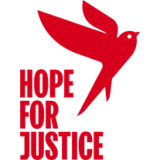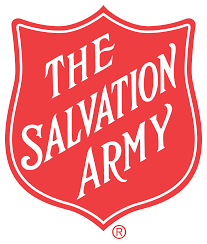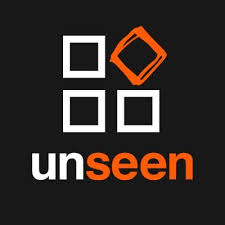What Are Modern Slavery and Human Trafficking?
Modern slavery is a grave violation of human rights, where individuals are forced into exploitative conditions through threats, coercion, or deception. It is a hidden crime that affects millions of people worldwide, depriving them of their freedom and dignity.
It manifests in various forms, including:
- Forced labor: Victims are compelled to work under threats or coercion, often in unsafe and exploitative conditions.
- Debt bondage: Individuals are trapped into working to pay off debts, often under unfair and escalating conditions.
- Domestic servitude: People are forced to work in private households without pay, often subjected to abuse and isolation.
- Sexual exploitation: Victims are coerced into prostitution or other forms of sexual abuse for the financial benefit of traffickers.
- Criminal exploitation: Individuals are forced into unlawful activities such as drug trafficking or theft, often under duress.
Human trafficking, closely linked to modern slavery, involves the recruitment, transportation, and exploitation of individuals through fraud, force, or coercion. Traffickers often prey on vulnerabilities such as poverty, lack of education, or unstable living situations to exploit victims.
Together, modern slavery and human trafficking represent a global crisis that requires awareness, intervention, and action to eradicate.
Recognizing the Signs of Modern Slavery
Recognizing these signs can vary depending on the context or industry. Be vigilant for:
- Workers appearing controlled or accompanied by someone who speaks on their behalf.
- Restricted movement, communication, or access to their surroundings.
- Signs of physical exhaustion or fear of punishment for speaking out.
Modern slavery often goes unnoticed, hidden in plain sight within communities and workplaces. By learning to recognize the signs, we can take crucial steps to rescue victims and end exploitation. Key indicators include:
| Category | Description |
|---|---|
| Physical Health | Victims may show signs of malnourishment, untreated injuries, or chronic medical issues. |
| Living Conditions | Overcrowded, unsanitary, or hazardous accommodations are common indicators. |
| Behavior | Fearful, withdrawn, or submissive behavior, including avoiding eye contact, can signal abuse. |
| Documentation | Lack of access to personal identification documents like passports or IDs is a red flag. |
| Work Conditions | Long working hours, little to no pay, and dependence on employers for basic needs indicate exploitation. |
If you suspect someone is a victim of modern slavery, take action by contacting local authorities, helplines, or organizations that specialize in assisting victims. Your awareness and intervention can make a life-changing difference.
How You Can Help
Volunteer
Be a part of the solution by offering your time and skills. Volunteer with organizations dedicated to eradicating modern slavery. You can help by spreading awareness, supporting survivors, or contributing to community outreach programs. Here are some organizations you can join:
How to Report Modern Slavery
If you suspect modern slavery or human trafficking, report it through these trusted channels:
Join organizations to raise awareness, support survivors, or assist in campaigns:
- Modern Slavery Helpline: 0800 0121 700
- Police (Emergencies): Call 999
- Police (Non-Emergencies): Call 101
- Crimestoppers (Anonymous): 0800 555 111
Alternatively, please fill out our form
Report CrimeAlways prioritize your safety and avoid direct confrontation.


